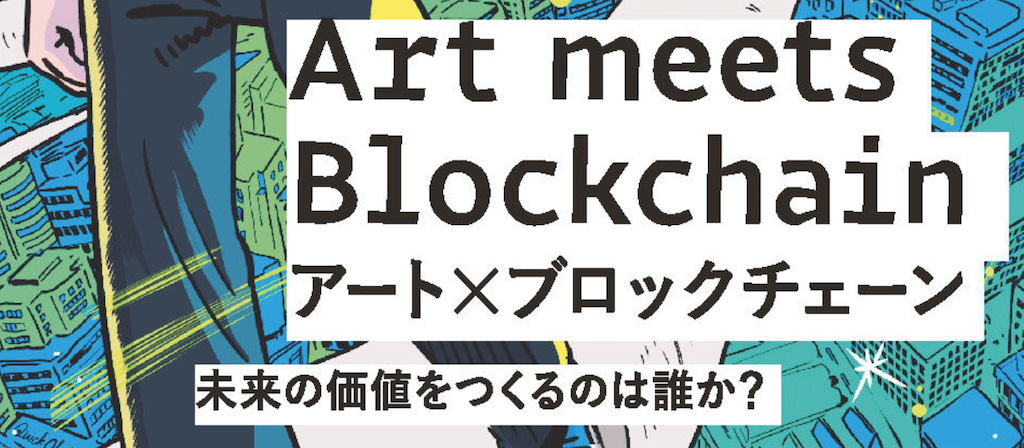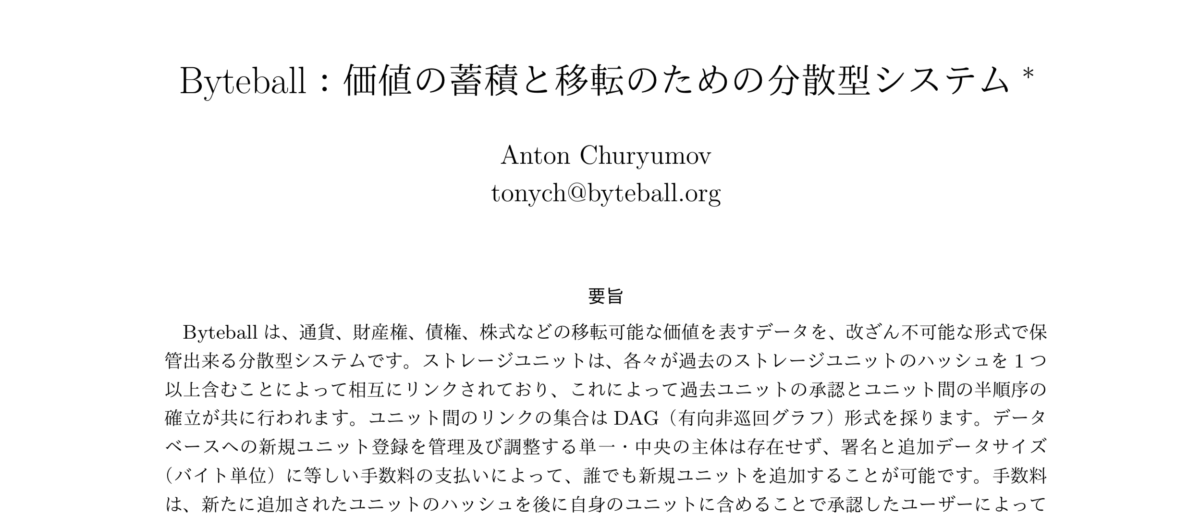- 「P2Pネットワーク上に文脈を形成するプロトコルは設計可能か?」
- 大学院の外で初めて自分の研究内容について具体的に触れた。
- 文章の構成や内容は意識的に美術批評的にならないよう心がけた。
Asides
伊東 (2018) 「分散型オラクルの合意形成に対するピア予測法の潜在的有用性」
Abstract: In this paper, we pointed the potential utility of peer prediction method to the existing consensus building in decentralized oracle systems where participants aim to verify the validity of input information to blockchain without relying on a trusted third party (TTP). This is important because, despite the recent expectation of implementing decentralized oracle systems, few discussions have dealt with the incentive design for their consensus building, much less the synergy with peer prediction method. Specifically, we mentioned the followings through the survey of preceding studies: (i) the current predominant method of staking that allows validators to bet the reward tokens has the limitations such as a vulnerability to strategic behavior and a lack of incentive to participate in the verification, (ii) these problems could be solved by peer prediction method which determines the amount of rewards based on the posterior probability distribution on the report of others updated by one’s own report. Peer prediction method can encourage validators to perform proper verification while supplementing the token-based rewards, and thereby can contribute to the realization of the mining mechanism based on subjective review instead of computational resources. On the other hand, several obstacles still remain to propose a practical incentive design, such as the fluctuation of token price that would prevent peer prediction from incentivizing proper verification.
Byteball Whitepaper 日本語訳の初版が完成しました
- Byteball Whitepaperの和訳がようやく完成した。
- 自分は主に8-19章を担当したが他章のレビューも行った。
- いただいた誤訳・誤字脱字の指摘は第2版に反映したい。
Ito (2017) “A Commons-Based Intellectual Property Management Incentivised by Peer-Review and Reward Tokens”
Abstract: This paper aims to propose an intellectual property management which can sufficiently incentivise to innovation without providing exclusive rights for creators. Specifically, our model applies citation network and rewarding structure employed in cryptocurrencies, and instead of appropriability mechanisms, creators in the model are compensated by the delegation of subsequent review. This system can improve the social welfare on existing systems by free and open access and less management cost as decentralized autonomous organization.
*This paper is now under the review.*
Ito (2017) “A Survey for the Methodology of the Theories on Cumulative Cultural Evolution”
Abstract: Why only human-beings acquired complex cultural traits? In this research, we survey the theories on cumulative cultural evolution that has been dealing with this question. This is important because cultural evolution is so interdisciplinary a research field as not able to sufficiently systematize existing methods even though we focused only on cumulative and theoretical aspects. In order for terse classification, preceding researches were arranged according to two criteria chronological and methodological. As a result, the former depicted, as already pointed out by Horiuchi (2012), that the current theoretical approach is largely based on learning hypothesis and population hypothesis. On the other hand, the latter suggested the circumstances where methods are still miscellaneous and arbitrarily set to obtain predetermined conclusions. Therefore, this survey concludes it is necessary for agents’ learning and inheritance process to have the consistent assumptions supported by empirical studies. While there are potential constraints, working on this issue with reference to other disciplines would strongly contribute to the further development of theoretical research on cumulative cultural evolution.
Japan Association for Evolutionary Economics the 21th anniversary meeting at Kyoto University, (non-published).
Ito (2016) “Dynamics of Cumulative Culture with Microfoundation”
Abstract: This paper presents a dynamics of cumulative culture by using the methodology of economic growth theory which similarly deals with the accumulation stemming from human activities. Two main results can be derived from the model we set. First, the steady-state value of cultural stock is not affected by its quality and evaluation. Second, the steady-state is almost stable in all transitional dynamics. These imply that only indirect intervention has the real effect on cultural stock which is especially related to acquisition cost, depreciation and creativity.
Full article, Full article (Github)
Journal of Information Studies, Interfaculty Initiative in Information Studies, The University of Tokyo, No.91.

